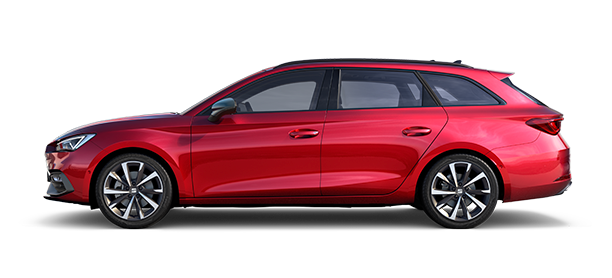On the road to electrification, there’s one component of the electric car that leads the way. This component is the battery, which stores energy and supplies it to the motor. But what is a battery really? What is it made of, how does it get assembled and how is it prepared for installation in a vehicle? Continue reading to discover the journey of a battery from raw material to your car.
Li, Ni, Mn and Co.
The battery is the heart of an electric car, it stores and transmits energy to the motor.
Lithium, nickel, manganese and cobalt. These are the four key minerals that make up the heart of the electric car. “After extraction, they’re chemically treated to obtain the active material whose reactions make it possible to store and deliver energy” explains Francesc Sabaté, head of the Test Center Energy (TCE), SEAT S.A.’s battery research and development centre, the only one of its kind in southern Europe. This active material is used to create the electrodes, i.e. the current-carrying elements, which are encased in cells.
The core of the battery.
“The cells are nothing more than minimum energy storage units” says Francesc. The positive electrode (anode) and the negative electrode (cathode) are grouped together with a separator that prevents contact between them. These electrodes are responsible for transferring the energy: “each cell has an electrical voltage of 3.7 volts.” This is the amount required to power an LED torch, for example. However, to drive an electric car you need about 400 volts, so more than 300 cells have to be connected in a series arrangement.
The sum total.
An Energy Test Centre expert explains the steps involved in assembling a car battery.
To interconnect the cells, they’re put together in groups of modules, which in turn, form the battery pack. Connectors are arranged between modules to ensure both the flow of energy, and the communication between the BMCe (the vehicle’s electronic control unit) and the CMCs (the electronic boards that monitor the status of the individual cells). “All we have to do is add the cooling system and the casings and the battery is ready to be installed in the vehicle” explains the engineer.
Fully tested.
To ensure the quality and performance of the batteries, they have to be tested to withstand any conditions. SEAT S.A. does this at its pioneering Test Center Energy, where up to 6,000 complete tests of the high-voltage system are carried out every year and the batteries are subjected to an average of 17,500 hours of testing and simulations. These include, for example, climatic tests with a temperature difference of 80ºC. The 1,500 square metre facility is in operation 24 hours a day, seven days a week. “We push the batteries to the limit to guarantee optimum performance under any circumstances” Francesc points out. Another step forward in the company’s commitment to promoting electrification in Spain.













